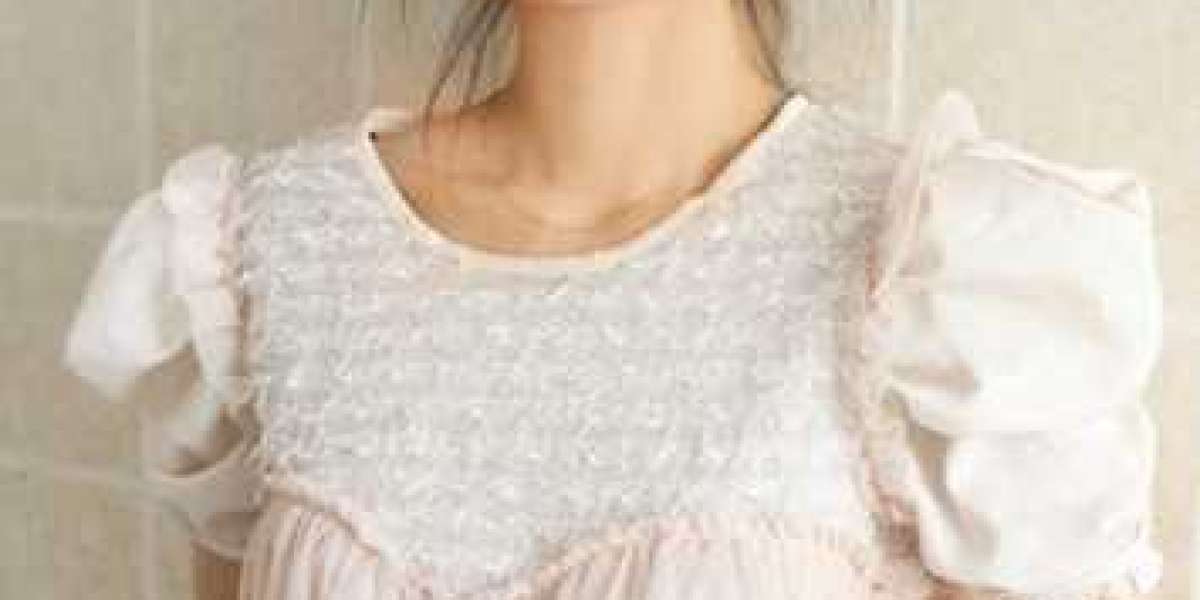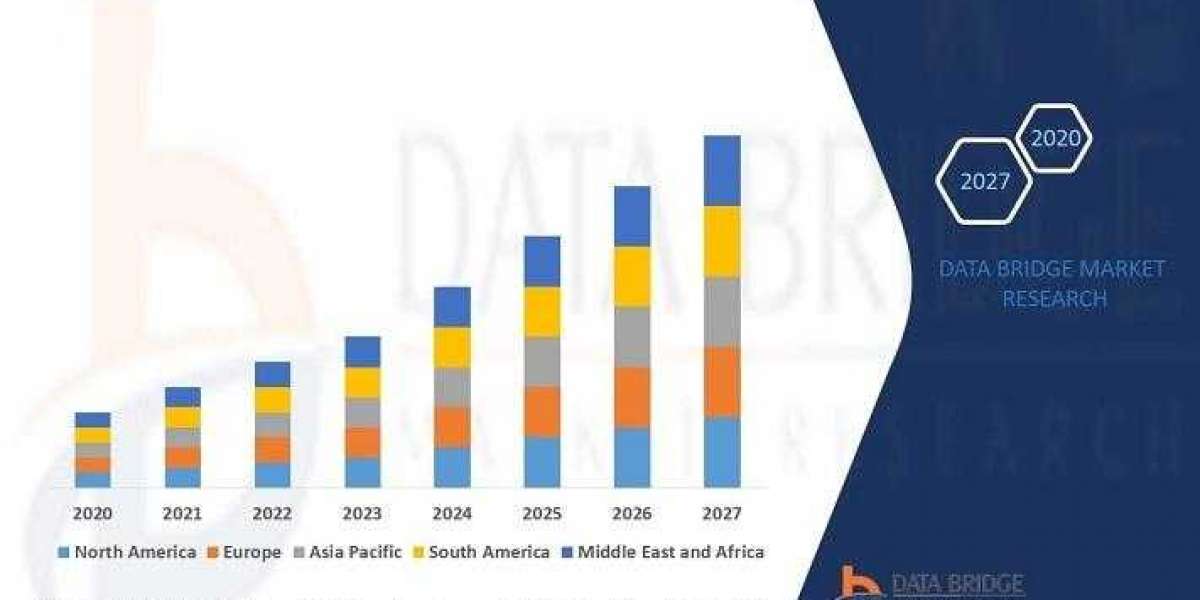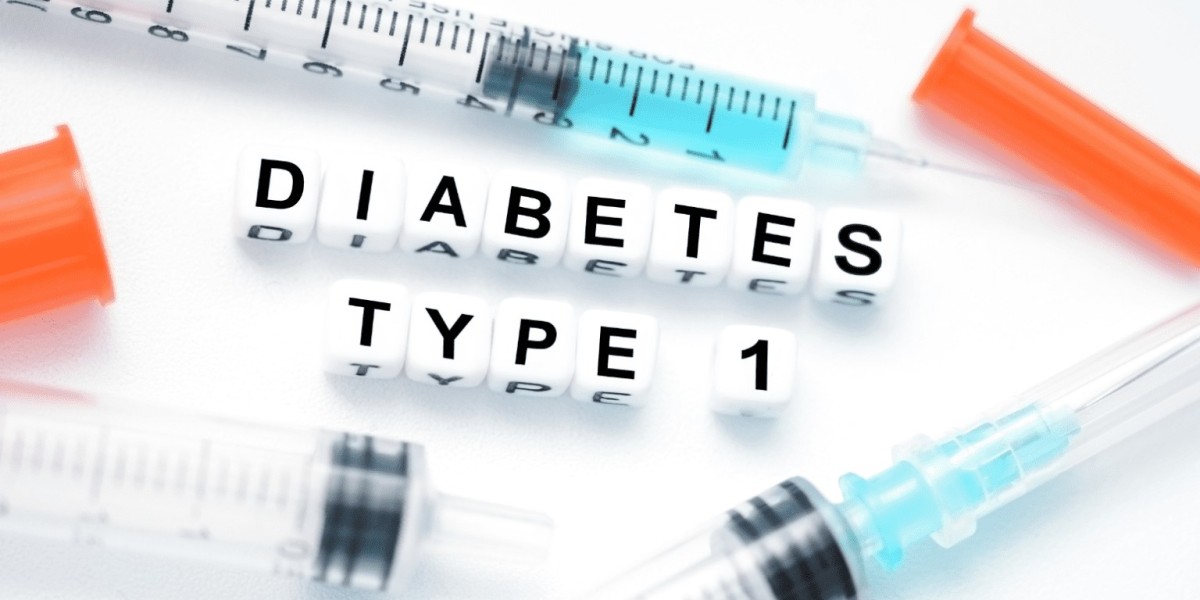What’s the difference between boxes and cartons?
Whether you’re shipping or storing something, we want to make sure you get your packaging right. The terminology between the two words often gets mixed up. And lord knows there’s just way too many special jargon out there in the printing world.
So to make things easier to understand for the rest of us, I will provide a simple rule of thumb below:
What’s the difference?
While both boxes and cartons are made out of paper materials, cartons are usually thinner of the two. You’ll see it used in cereal boxes, milk cartons, pharmaceuticals, and more.
A box, on the other hand, uses thicker paper stock that is mostly meant for shipping. As it’s built for durability, you will most likely notice multiple layers of paper that include an inside and an outer layer with a ruffled shaped paper sandwiched in between. Probably very easy to imagine since most of us have opened up a UPS or Amazon package at some point.
What’s the best for your business?
Depending on the industry, your packaging material may vary. What’s used in the food industry will differ from the footwear industry of course. So if you’re looking for packaging that is:
Lightweight
Affordable
Safe
Customizable
Eco-friendly
Durable
Or Affordable
Common types of cardboard boxes
Many of us assume all cardboard boxes are the same and pretty basic, but it is their formation that makes them suitable for different uses.
The 3 most common types of cardboard used in packaging are, corrugated box, folding cartons and the rigid box. Each box starts off the same with cardboard sheets as the base but then enhanced further to suit its usage.
You’d be surprised how an extra layer of paper can make a huge difference to the strength and durability of the cardboard box.
There are many types of cardboard boxes out there for different purposes, but we’ll be going through the 3 main boxes that we see the most often.
1: Corrugated boxes
The most common type of box formation is the trusted corrugated box. This type of box is made up of 3 layers which consist of a corrugated fibreboard, paperboard and card stock.
A wavy sheet is glued between two outer flat layers, which is what we can usually see from all sides of the sheet.
This type of box is widely used across the world for industrial packaging and can be designed in a variety of colours, styles and sizes.
Properties of a corrugated box
Lightweight
Strong
Can be easily printed on
Available in various sizes and styles
Widely recyclable
2: Folding Cartons
Folding cartons are what you see usually in most retail and shopping stores. They are much lighter than a corrugated box, which makes them ideal for food packaging.
Cartons are simply made with paperboard that is usually printed, laminated and cut into shape before they are folded and ready to be transported to the packers. You’ll notice most cartons are designed with folded tabs, to make it easier for the box to lock without the need for extra adhesive.
Properties of a folding carton
Lightweight
Can be easily printed on
Widely recyclable
Available in various sizes and styles
3: Rigid Boxes
Rigid boxes, as their name suggests, are much sturdier and stronger than folding cartons. As they don’t fold or collapse, they are generally used for transporting more delicate items that are prone to damage during transportation.
You’ll often associate these types of boxes with higher end product packaging such an iPhone box.
Properties of a Rigid box
Strong
Available in different sizes and styles
Durable
What is the Difference Between Cardboard and Corrugated Shipping Boxes?
When ordering custom made shipping boxes to transport products to customers, many businesses initially assume that all boxes are merely made of cardboard. And if they have heard of corrugated, business owners might think there is no real difference between a cardboard and a corrugated shipping box. In fact, many people just assume that the terms “cardboard” and “corrugated” can be used interchangeably.
Those in the packaging industry, however, likely think of corrugated first when they think of shipping packages. If you’re confused with all this terminology, you’re not alone, but the difference is actually quite important.
Keep reading to learn more about the difference between these two materials and decide which is right for your shipping needs.
Cardboard and corrugated boxes are different in a number of key ways, from the materials used to the way they’re constructed. These differences may seem small to those outside of the industry, but anyone in the shipping and packaging business knows how important the difference can be.
The major differences between cardboard vs. corrugated boxes focus on:
The materials used to construct each type of box
The construction process required for assembly
The sturdiness of the finished product for shipping and storage purposes
When it comes down to it, the term “cardboard” can be used to describe any type of board made from heavy paper-pulp. This could apply to the material used to make greeting cards or playing cards, for example. It could also apply to the thin chipboard that is used to manufacture cereal boxes. While corrugated materials may include some cardboard in them, it’s important to know that these terms cannot be used interchangeably.So, for a business owner or manager, does the difference between cardboard and corrugated shipping materials really matter? Considering that these are two different materials, and not the same thing as many people believe, it clearly does matter. When choosing the right materials to ship your products in, you need to know what kind of packaging you’re actually getting. Otherwise, you may not be representing your brand as well as you think you are.
The term “corrugated” refers to a specific type of material that is actually composed of three different sheets of container board, which are basically like thick paperboard. The two sheets on the outside are flat liners and the sheet in the middle has a rippled shape. A corrugated fiberboard sheet is created by gluing these three sheets together with a thick, starchy glue that is commonly used in the packaging industry.
When formed into boxes, corrugated sheets are ideal for shipping because they can easily be printed on, they are very strong and durable, and they are widely recycled. Corrugated boxes are used for everything from shipping to product displays, and although they start out brown they can be quickly be transformed with a wide variety of colors, designs, text, and graphics printed directly on the material.
While the differences may seem insignificant at first, it should now be easy to see that cardboard is better left for the cards and cereal boxes. Corrugated, on the other hand, is the material of choice for shipping boxes. It isn’t an overly complicated definition, but an important one to remember when it comes time to order custom made shipping boxes. Just don’t ever think a simple cardboard box is enough to ship your precious products in. For such an important task, you must always remember to turn to corrugated.
Extraordinary Gift Box Ideas
Gifts make people feel special.
They show you care. Perhaps that’s why the tradition of giving and receiving gifts has persisted throughout the ages.
The best gift boxes have the potential to make gift-giving magical. Filled with a collection of themed items, the perfect gift box can deliver more joy than the sum of each component.
In fact, some surveys suggest memorable gift boxes can strengthen relationships.
Maybe that’s because gift boxes demonstrate that you know and care about someone enough to find multiple items that speak to their personalities, interests, and needs.
Are you ready to make your favorite people feel special?
Send a gift box to make employees or friends feel appreciated, to celebrate their birthday, or even welcome them to a new home. Send a themed gift box for any event you want to acknowledge and celebrate in style.
Get started by finding all the best gift box ideas you need below.
What is it: A customizable box packed with drool-worthy snacks offered by BIPOC- and women-owned brands.
Why employees love this: They’ll love enjoying delicious snacks and also knowing that each box purchased supports a rotating list of philanthropic causes.
What is it: This work-enhancing home box features office decor, gadgets, and productivity aids that any goal-oriented friend or coworker will swoon over.
Why we love it: Re-energize and motivate your recipient(s) to stay focused and passionate. Plus, this box is great for onboarding new employees.
All you need to know about Paper Cup origins
The exact origins of the paper cup seem to be unknown, therefore the inventor of the handy disposable beverage holder may never be known, although there is evidence that they were used as far back as Imperial China. What is known is that around the beginning of the 1900’s, paper cups gained popularity when people began to realise that sharing the same tin or ladle, to drink from water barrels, also meant sharing germs.
Dixie printed paper cups are referenced as the "handy helpers like paper cups".
In 1907, a Boston lawyer named Lawrence Luellen, developed the “Health Kup” (which later became known as the Dixie Cup in 1919). Lawrence did this to help improve public health and hygiene due to the concerns of shared-use cups
But Lawrence didn’t perform this mammoth task alone. He worked for the American Water Supply Company, whose founder, Hugh Moore, developed a water-vending machine with disposable cups and together Lawrence and Hugh embarked on an advertising campaign to educate the public and market the machine.
During the great American flu epidemic of 1918 paper cups rapidly grew in popularity as a way of avoiding infection.
In the century since, the paper cup has evolved from simply a health solution to an everyday convenience object. Each day, millions of paper cups are used so that people can take their drinks with them whilst they go, something that is necessary in today’s busy world. Another great use of the paper cup is at large events, for example festivals and concerts due to the fact that they can just be recycled at the end of the day instead of 1000’s of cups having to be washed.



